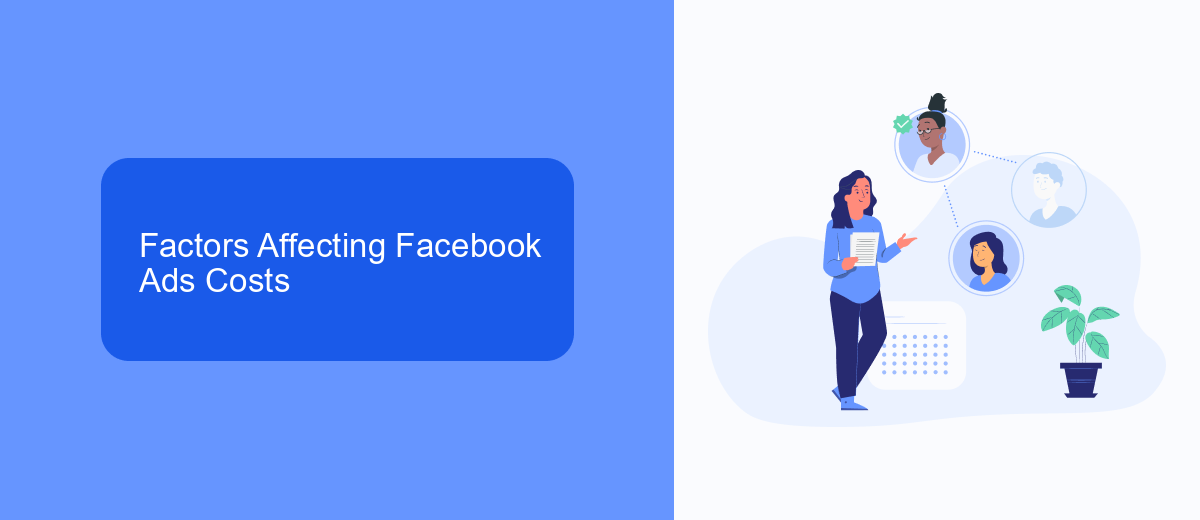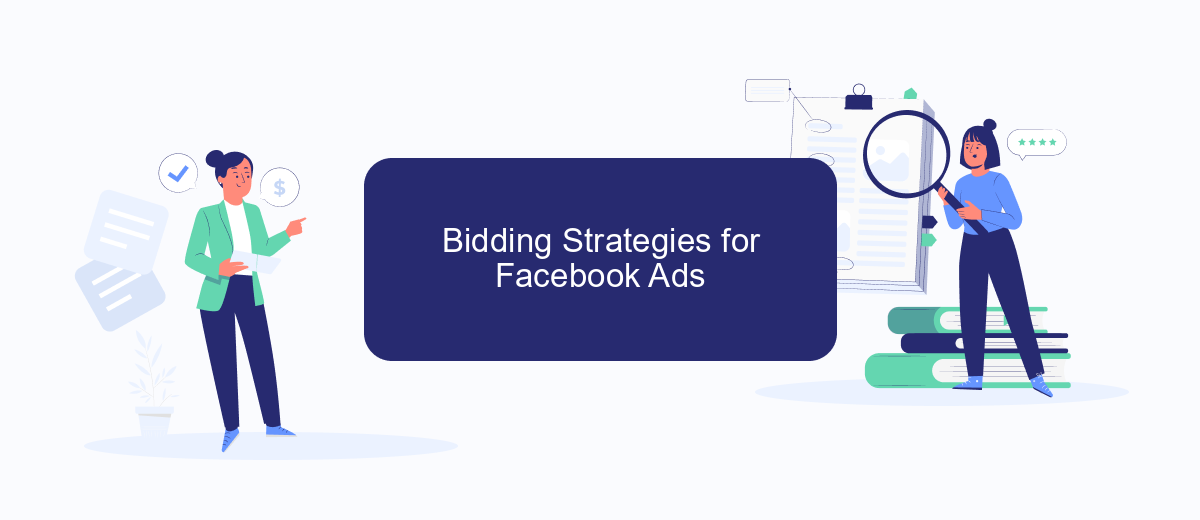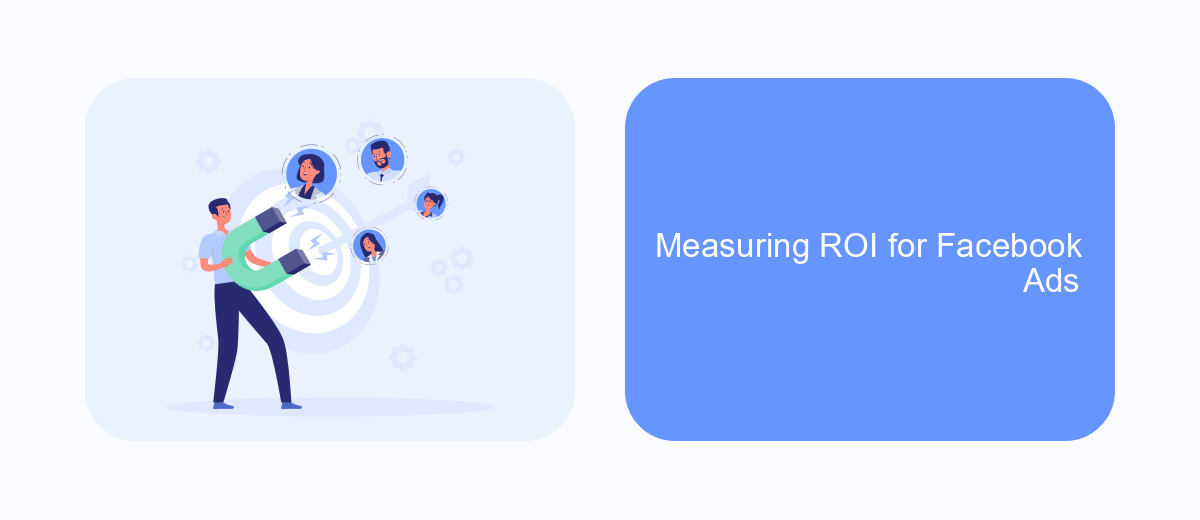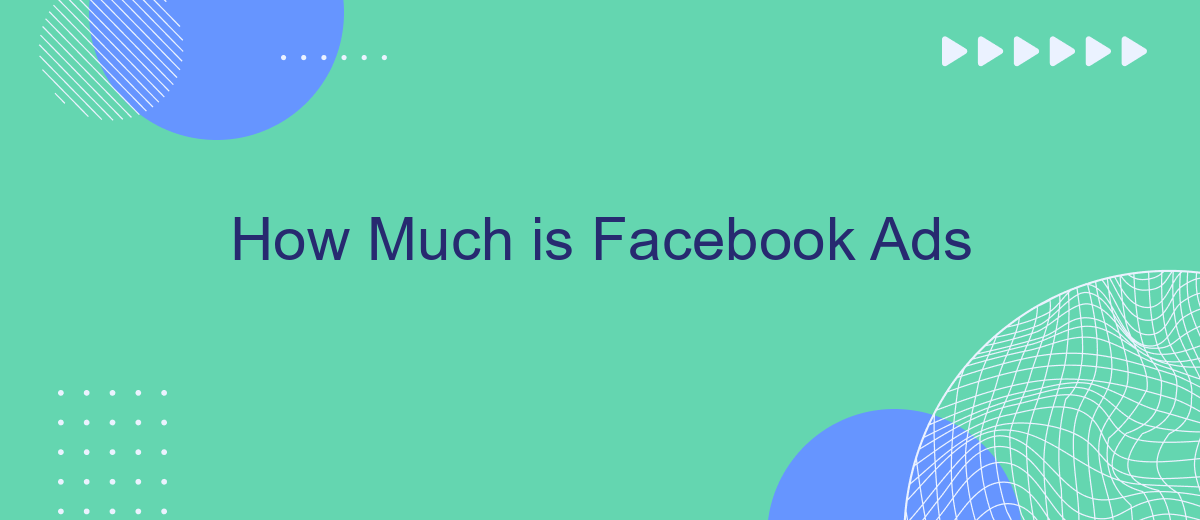Determining the cost of Facebook Ads can be a complex task due to the platform's dynamic pricing model. Factors such as audience targeting, ad placement, and bidding strategies all influence the final price. This article aims to break down these elements and provide a clear understanding of what drives the cost of Facebook Ads, helping you optimize your advertising budget effectively.
Facebook Ads Costs
Facebook Ads costs can vary significantly based on several factors, including your target audience, ad placement, and campaign objectives. Understanding these factors can help you optimize your budget and achieve better results. Here's a breakdown of the main cost components:
- Cost Per Click (CPC): The amount you pay each time someone clicks on your ad.
- Cost Per Thousand Impressions (CPM): The cost for every 1,000 times your ad is shown.
- Cost Per Action (CPA): The amount you pay for a specific action, such as a purchase or sign-up.
- Ad Spend: The total amount you allocate for your Facebook Ads campaign.
To maximize the efficiency of your Facebook Ads, consider using integration services like SaveMyLeads. This platform helps automate the process of capturing and managing leads from your ads, ensuring that you can focus on optimizing your campaigns and reducing costs. By leveraging such tools, you can streamline your workflow and achieve better ROI on your advertising spend.
Factors Affecting Facebook Ads Costs

Several factors influence the cost of Facebook Ads, making it essential for businesses to understand these elements to optimize their advertising budget. Audience targeting is a primary factor; the more specific and competitive your target audience, the higher the cost. Ad placement also plays a significant role, with costs varying depending on whether ads are placed on the Facebook news feed, Instagram, or the Audience Network. Additionally, the time of year can affect costs, as prices often surge during peak advertising seasons like holidays.
Another critical factor is the ad's relevance score, which Facebook uses to gauge how well your ad resonates with your target audience. Higher relevance scores generally lead to lower costs. Moreover, the integration of third-party services like SaveMyLeads can streamline your ad campaigns by automating lead management and improving overall efficiency, potentially reducing costs. Finally, the bidding strategy you choose, whether it's cost-per-click (CPC) or cost-per-impression (CPM), will also impact your overall expenses.
Bidding Strategies for Facebook Ads

When it comes to Facebook Ads, choosing the right bidding strategy is crucial for maximizing your return on investment. Facebook offers several bidding options that can help you achieve your campaign goals, whether it's increasing brand awareness, driving traffic, or generating leads.
- Cost Per Click (CPC): This strategy charges you each time someone clicks on your ad. It's ideal for driving traffic to your website or landing page.
- Cost Per Thousand Impressions (CPM): You pay for every 1,000 impressions your ad receives. This is useful for brand awareness campaigns.
- Cost Per Action (CPA): With this strategy, you only pay when someone takes a specific action, such as making a purchase or signing up for a newsletter. This is great for conversion-focused campaigns.
To optimize your bidding strategy, consider using integration services like SaveMyLeads. This platform allows you to automate lead generation and streamline your marketing efforts by connecting Facebook Ads with various CRM systems and email marketing tools. By leveraging such integrations, you can ensure that your advertising budget is used efficiently and effectively.
Measuring ROI for Facebook Ads

Measuring the ROI for Facebook Ads is crucial for understanding the effectiveness of your campaigns. ROI, or Return on Investment, helps you determine whether the money spent on advertising is generating a satisfactory return in terms of sales, leads, or other business objectives.
To accurately measure your ROI, you need to track key performance metrics such as conversion rates, cost per acquisition, and overall revenue generated from the ads. This involves setting up proper tracking mechanisms and using tools that can help you gather and analyze this data effectively.
- Set up Facebook Pixel to track conversions and user interactions on your website.
- Use UTM parameters to monitor the performance of individual ads and campaigns.
- Integrate with CRM systems to track leads and sales generated from Facebook Ads.
- Utilize services like SaveMyLeads to automate data transfer between Facebook Ads and your CRM.
By leveraging these tools and techniques, you can gain a comprehensive understanding of your ad performance and make informed decisions to optimize your campaigns for better ROI. Continuous monitoring and adjustment are key to maximizing the returns from your Facebook advertising efforts.
Optimizing Facebook Ads Budget
Optimizing your Facebook Ads budget requires a strategic approach to ensure you get the most out of your investment. Start by clearly defining your campaign objectives and target audience, as this will help you allocate your budget more effectively. Utilize Facebook's built-in analytics tools to monitor the performance of your ads and make data-driven adjustments. Regularly testing different ad creatives, audiences, and bidding strategies can also provide insights into what works best for your specific goals.
Another essential aspect of budget optimization is integrating your Facebook Ads with other marketing tools and platforms. Services like SaveMyLeads can automate the transfer of leads from Facebook Ads directly to your CRM or email marketing software, ensuring no lead is missed and follow-ups are timely. This not only saves time but also maximizes the efficiency of your ad spend by streamlining your lead management process. By continuously analyzing performance data and leveraging automation tools, you can ensure your Facebook Ads budget is used to its fullest potential.
- Automate the work with leads from the Facebook advertising account
- Empower with integrations and instant transfer of leads
- Don't spend money on developers or integrators
- Save time by automating routine tasks
FAQ
How much does it cost to run Facebook Ads?
How is the cost of Facebook Ads determined?
Can I set a budget for my Facebook Ads?
Are there tools to help manage and optimize Facebook Ad spend?
Does the type of ad format affect the cost of Facebook Ads?
SaveMyLeads is a simple and effective service that will help you automate routine tasks and optimize business processes. Stop wasting time uploading leads from Facebook manually – you can do it automatically, saving a lot of time and money. Eliminate routine from workflows and achieve more with minimal investment of money, effort and human resources.

